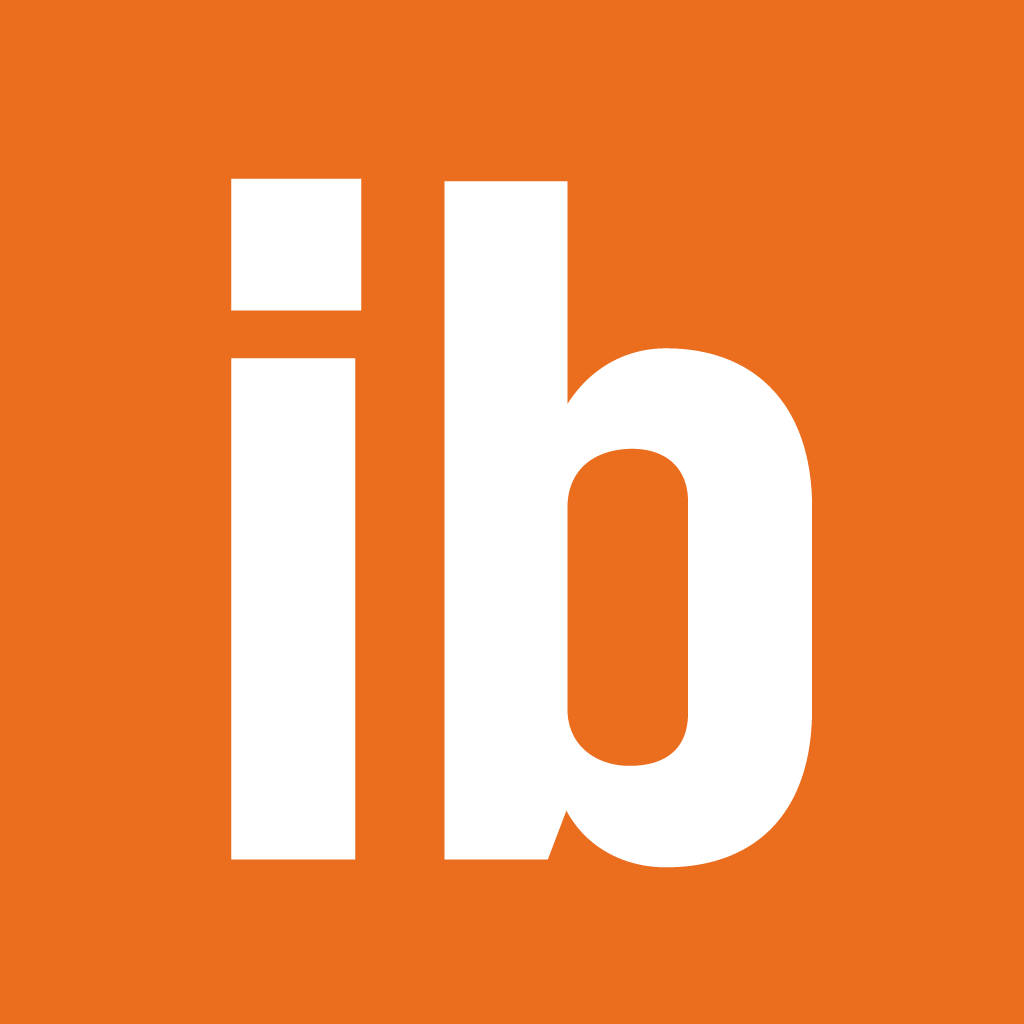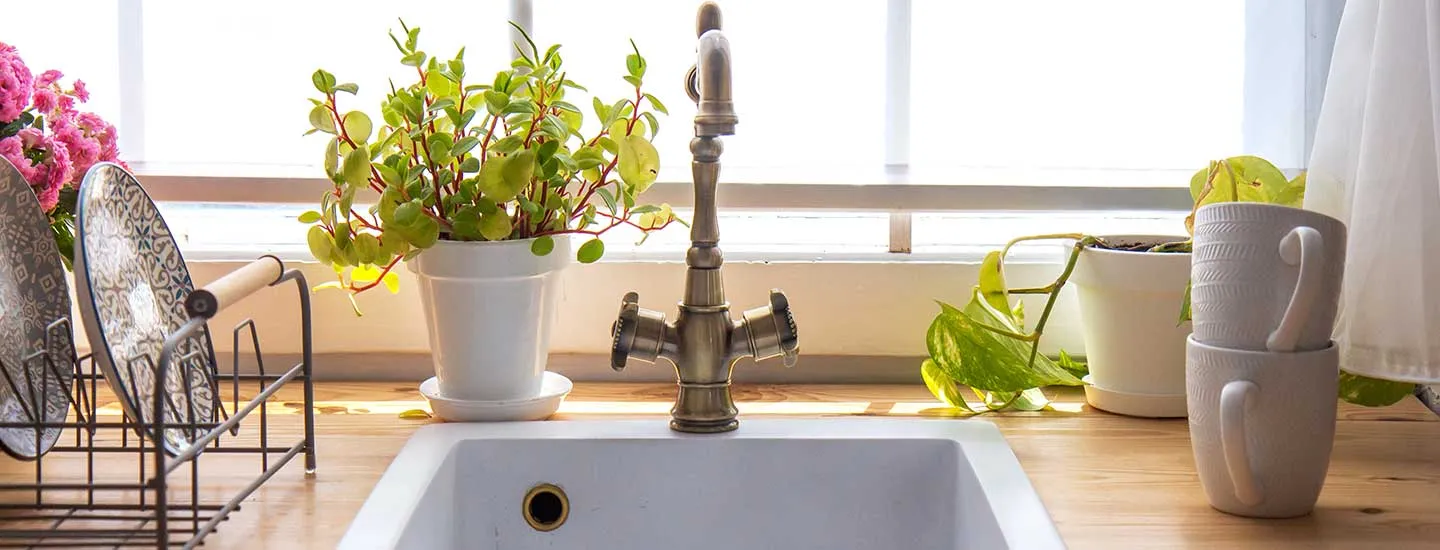Owning a home is a goal for many people, and for good reason. Monthly mortgage payments can often be lower than rent payments. Homeownership represents stability and independence. And perhaps most importantly, owning a home builds generational wealth.
But for many, there are some real barriers to buying a home—barriers like low income, limited funds in savings for a down payment, high debt-to-income ratios, a lack of credit history, or poor credit. If any (or all) of these describe your situation, you may think homeownership isn’t in the cards.
Well, let’s check those cards again.
With first-time home buyer programs, low down payment mortgages, refinancing options for low income homeowners, down payment assistance programs, and personalized guidance from an experienced home lender, you may be closer to homeownership than you thought.
First-Time Home Buyer Programs to Help You Get Started
- Fannie Mae: Through Fannie Mae’s first-time home buyer program, you can put as little as 3% down if your credit is in good standing, the home will be your primary residence, and it is a single-unit property.
- Freddie Mac HomeOneSM: This program requires just 3% down and has no geographic or income limits, but homebuyer education is required if all borrowers are first-time homebuyers.
- Fannie Mae’s HomePath Ready Buyer Program:. Provides 3% in closing cost assistance to first-time homebuyers, but buyers must complete an educational course and purchase a Fannie Mae foreclosed property.
- State-specific programs: Many first-time homebuyer programs are specific to individual states, so be sure to check what your state offers.
Low or No Down Payment Mortgage Programs for Easier Home Buying
One of the biggest challenges to buying a home with low income? Coming up with a down payment. A traditional mortgage typically requires 20% down — that’s $24,000 on a $120,000 home. For many people trying to make ends meet, let alone save, that amount can seem out of reach.
That’s why low down payment mortgage and no down payment home loan programs are so valuable. Let’s look at a few common options for affordable home financing:
- Fannie Mae HomeReady Mortgage: Designed for lower-income borrowers with credit scores above 620. This income-based program allows as little as 3% down for those earning up to 80% of the area median income.
- Freddie Mac Home Possible®: Similar to HomeReady, this program offers a 3% down payment option and is geared toward moderate-income borrowers. It’s competitively priced and widely available.
- USDA Loan Program USDA Single Family Housing Guaranteed Loan Program: Offers up to 100% financing (zero down mortgage) for eligible homes in rural areas. To qualify, borrowers must meet income limits (not exceeding 115% of the area median) and use the home as a primary residence.
- FHA: Backed by the Federal Housing Administration, these loans allow down payments as low as 3.5% for credit scores of 580 or higher. Borrowers with scores between 500–579 may qualify with 10% down. (At IncredibleBank, we accept FHA loan applicants with credit scores as low as 640.)
- VA: Backed by the U.S. Department of Veterans Affairs, VA loans offer eligible military service members, veterans, and their families the option to buy a home with no down payment. These loans include a feature called “entitlement,” which helps determine the loan amount the VA will guarantee to the lender. That means qualified borrowers can access affordable mortgage options—often with lower rates and no private mortgage insurance.
Important note about PMI: If your down payment is less than 20%, you’ll likely need to pay private mortgage insurance (PMI). This protects your lender in case of default and is a standard part of many low or zero down home loans.
While PMI might feel like a drawback, it’s often what makes these programs possible in the first place. The good news? Once you build enough equity, you can typically cancel PMI and reduce your monthly mortgage payment.
Refinance Your Home Loan Even with Low Income
Already own your home? That’s something to celebrate! But if you think your income is too low—or your loan-to-value ratio is too high—to refinance, think again.
You’ve got options. Here are a couple of refinancing programs designed for low-to-moderate income borrowers:
- Fannie Mae RefiNow. If you have a current Fannie Mae mortgage and earn 80% or less of your area’s median income, you may qualify to refinance at a lower rate and reduce your monthly payment.
- Freddie Mac Refi PossibleSM. Similar to RefiNow, this program is for borrowers with a Freddie Mac loan who earn 80% or less of the area median income.
Down Payment Assistance Programs to Help You Buy a Home
In addition to low and no down payment loan options, there are also down payment assistance programs that provide grants or low-interest loans to help you cover upfront costs. These programs vary by location, so be sure to explore down payment assistance available in your state to see what you may qualify for.
How to Buy a Home with No Credit History or Limited Credit
If you haven’t had a loan like a student loan, auto loan, credit card, or mortgage, you might not have a credit history or credit score. So, how do you buy a home with no credit history? The key is finding a lender who accepts alternative ways to verify your financial reliability.
(Guess what? IncredibleBank is one of those lenders!)
For example, consistently paying rent, utilities, insurance, and other bills on time can help demonstrate your ability to repay a loan — even without a traditional credit score. Government-backed mortgage programs like FHA, USDA, and VA loans allow lenders to use these alternative payment histories to qualify you.
To keep this option open, make sure your payments are on time (lenders typically want to see 12 months of timely payments across multiple bills) and save records — like receipts or bank statements — that prove your payment history.
Expert Mortgage Guidance Tailored to Your Needs
Phew! That’s a lot to take in. But don’t get overwhelmed – you don’t have to sort through each program yourself and try to figure out which one will be the best for your specific circumstance. That’s what your IncredibleBank lender is for.
Our home lenders have extensive experience with a variety of loans, situations, programs, and more. Your lender will work with you to understand your unique situation and goals to determine the right option(s) for you. Even if now isn’t the right time for you to buy, your lender can provide you with guidance to put you in a better position when you’re ready to make the move.
Contact one of our lenders to learn more, even if you’re just in the “thinking about it” stage. Learn your options and your next best steps toward your goal of homeownership.



